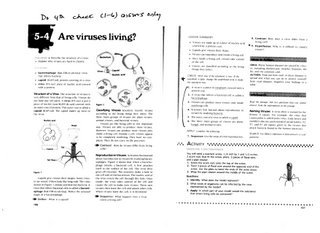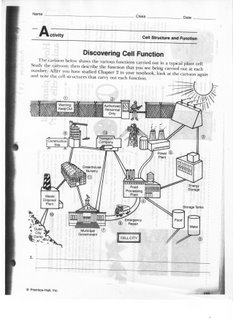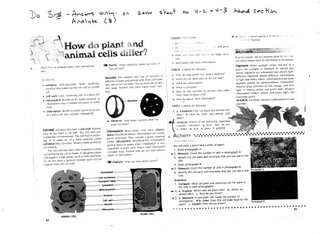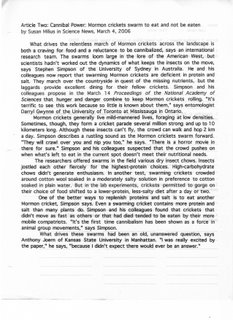Thursday, 27 April and Friday, 28 April, 2006
Using information from classroom activities:
Students should be able to:
-work on the written report about the classification of living things.
Students used the entire class block to research information about the six (advanced classes) or five (regular classes) kingdoms. The handouts for the report can be found in the March 17 blog. Print them out if needed. You MUST turn in the classification chart along with your report. Don't forget to follow the rules of the rubrics pertaining to how to write the paper. It should be in blue or black ink only, written on loose leaf paper on only the front of the paper. The cover sheet should have your last and first name, ID number, block, the paper's title, and illustrations of each specific organism you researched.
Students used the new Apple computers to do the research. Papers are due on Monday for blocks 1, 3, and 5 and Tuesday, blocks 4 and 6. NO EXCEPTIONS!
Home learning consisted of continuing work on the paper.
Students should be able to:
-work on the written report about the classification of living things.
Students used the entire class block to research information about the six (advanced classes) or five (regular classes) kingdoms. The handouts for the report can be found in the March 17 blog. Print them out if needed. You MUST turn in the classification chart along with your report. Don't forget to follow the rules of the rubrics pertaining to how to write the paper. It should be in blue or black ink only, written on loose leaf paper on only the front of the paper. The cover sheet should have your last and first name, ID number, block, the paper's title, and illustrations of each specific organism you researched.
Students used the new Apple computers to do the research. Papers are due on Monday for blocks 1, 3, and 5 and Tuesday, blocks 4 and 6. NO EXCEPTIONS!
Home learning consisted of continuing work on the paper.


















